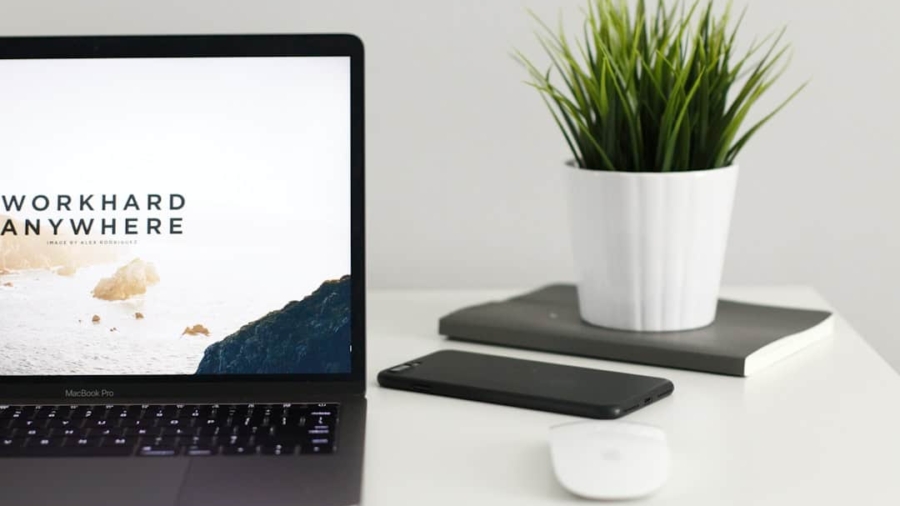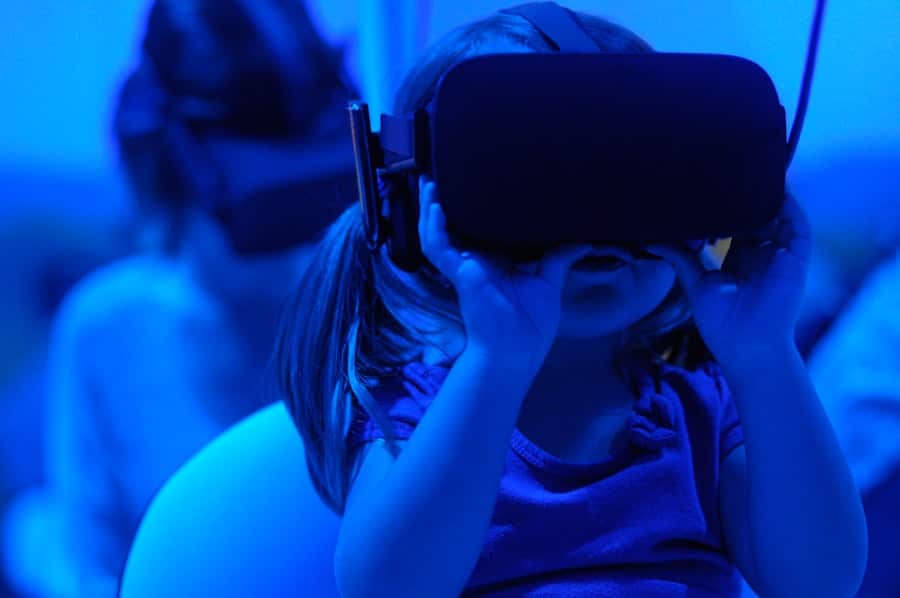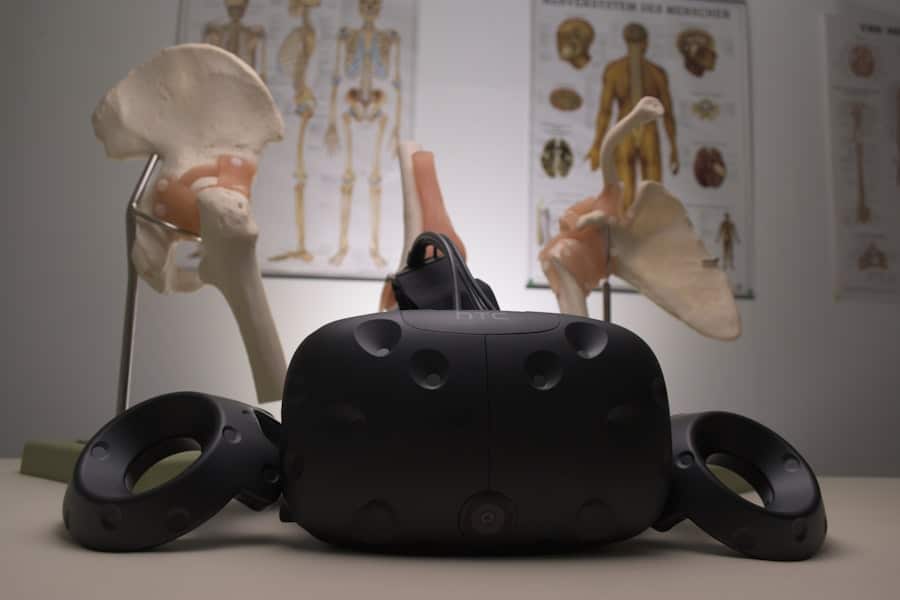The automotive industry has long been at the forefront of technological innovation, and the advent of virtual reality (VR) has ushered in a new era of design and development. Virtual reality, a technology that immerses users in a computer-generated environment, has transformed how automotive designers conceptualize, prototype, and refine vehicles. By allowing designers to visualize and interact with their creations in a three-dimensional space, VR has not only enhanced creativity but also improved the overall efficiency of the design process.
This immersive technology enables stakeholders to experience a vehicle before it is physically built, providing invaluable insights that can lead to better design decisions. As the automotive landscape evolves with the rise of electric vehicles, autonomous driving, and smart technologies, the need for innovative design solutions becomes increasingly critical. Virtual reality serves as a powerful tool that bridges the gap between imagination and reality, enabling designers to explore new ideas without the constraints of traditional methods.
The integration of VR into automotive design processes is not merely a trend; it represents a fundamental shift in how vehicles are conceived, developed, and brought to market. This article delves into the multifaceted applications of virtual reality in automotive design, highlighting its role in conceptualization, prototyping, collaboration, user experience testing, and overall efficiency.
Key Takeaways
- Virtual reality (VR) is revolutionizing the automotive design process by providing immersive and interactive experiences for designers and engineers.
- VR allows for conceptualizing and prototyping of vehicles in a virtual environment, saving time and resources compared to traditional physical models.
- The design process is streamlined with VR, as it enables real-time visualization and modification of vehicle designs, leading to faster iterations and decision-making.
- Collaboration and communication among design teams are enhanced with VR, as it allows for remote participation and interactive design reviews.
- VR is used for user experience testing, providing valuable insights into the functionality and ergonomics of vehicle designs before physical prototypes are built.
Virtual Reality for Conceptualizing and Prototyping
In the early stages of automotive design, conceptualization is crucial. Designers often grapple with translating abstract ideas into tangible forms. Virtual reality provides a platform where these concepts can be visualized in a three-dimensional space, allowing designers to manipulate shapes, colors, and materials in real-time.
This immersive experience enables them to assess proportions and aesthetics more effectively than traditional two-dimensional sketches or even physical models. For instance, companies like Ford have adopted VR technology to create virtual showrooms where designers can present their concepts to stakeholders and gather immediate feedback. Prototyping in automotive design has traditionally involved significant time and resource investments.
However, with VR, the prototyping process can be expedited dramatically. Designers can create virtual prototypes that can be tested and modified instantly based on feedback. This iterative process allows for rapid experimentation with different design elements without the need for costly physical prototypes.
For example, BMW has utilized VR to develop its i-series electric vehicles, enabling designers to visualize and refine their ideas before committing to physical production. This not only accelerates the design timeline but also fosters a culture of innovation where ideas can be explored freely.
Streamlining the Design Process with Virtual Reality
The integration of virtual reality into the automotive design process streamlines workflows by reducing bottlenecks associated with traditional methods. In conventional design practices, multiple iterations often require extensive back-and-forth communication between teams, leading to delays and misalignments. VR facilitates a more cohesive approach by allowing all stakeholders—designers, engineers, marketing teams, and executives—to engage with the same virtual model simultaneously.
This shared experience fosters a unified vision and minimizes misunderstandings that can arise from disparate interpretations of design elements. Moreover, VR tools can be integrated with other advanced technologies such as computer-aided design (CAD) software and simulation tools. This synergy allows for real-time adjustments based on performance metrics or engineering constraints while still in the virtual environment.
For instance, Audi has implemented VR systems that enable engineers to visualize complex mechanical systems within the vehicle while designers assess aesthetic elements. This holistic approach ensures that design decisions are informed by both creative vision and technical feasibility, ultimately leading to a more refined final product.
Enhancing Collaboration and Communication in Automotive Design
Collaboration is a cornerstone of successful automotive design, as it involves various disciplines working together towards a common goal. Virtual reality enhances this collaborative spirit by providing an immersive platform where team members can interact with designs in a shared space, regardless of their physical location. This capability is particularly beneficial for global teams spread across different continents.
With VR headsets and collaborative software, designers in Germany can work alongside engineers in Japan to refine a vehicle’s design in real-time. The ability to visualize designs collectively also improves communication among team members. Traditional methods often rely on static images or physical models that can lead to misinterpretations or lack of engagement.
This dynamic interaction encourages more meaningful discussions about design choices and fosters a sense of ownership among team members. For example, General Motors has leveraged VR technology to conduct design reviews where stakeholders can provide input on everything from exterior styling to interior ergonomics, resulting in more informed decision-making.
Virtual Reality for User Experience Testing
User experience (UX) is paramount in automotive design, as it directly impacts customer satisfaction and brand loyalty. Virtual reality offers an innovative approach to UX testing by allowing designers to simulate real-world driving scenarios within a controlled environment. This capability enables designers to assess how users interact with various features—such as infotainment systems, seating arrangements, and dashboard layouts—before the vehicle is manufactured.
By immersing potential users in a virtual representation of the vehicle, designers can gather valuable feedback on usability and comfort. For instance, companies like Mercedes-Benz have utilized VR for user experience testing by creating virtual environments that mimic different driving conditions. Participants can test features like navigation systems or voice commands while experiencing the vehicle’s interior layout firsthand.
This method not only provides insights into user preferences but also highlights potential pain points that may not be evident through traditional testing methods. By identifying these issues early in the design process, manufacturers can make necessary adjustments that enhance overall user satisfaction.
Improving Efficiency and Cost-Effectiveness with Virtual Reality
Reducing Reliance on Physical Prototypes
By leveraging virtual models, manufacturers can significantly reduce their reliance on physical prototypes, resulting in substantial cost savings. The production of multiple physical prototypes requires considerable resources, including materials, labor, and logistics. Virtual reality mitigates these expenses by enabling extensive testing and refinement within a digital environment.
Accelerating Project Timelines
The speed at which designs can be modified in VR also contributes to faster project timelines. Traditional design processes often involve lengthy approval cycles due to the need for physical models or detailed drawings that require extensive review. In contrast, VR enables immediate feedback and adjustments during collaborative sessions, accelerating decision-making processes.
Real-World Applications
The benefits of VR in automotive design are not theoretical; they have been demonstrated in real-world applications. For example, Toyota has reported significant reductions in development time for new models by integrating VR into their design workflow. This enables them to respond more swiftly to market demands while maintaining high-quality standards.
Future Applications and Developments in Virtual Reality for Automotive Design
As technology continues to advance, the future applications of virtual reality in automotive design are poised to expand even further. One promising area is the integration of artificial intelligence (AI) with VR systems. AI algorithms could analyze user interactions within virtual environments to provide insights into design preferences or predict potential issues based on historical data.
This synergy could lead to even more personalized vehicle designs that cater specifically to consumer needs. Moreover, advancements in haptic feedback technology could enhance the immersive experience of virtual reality in automotive design. By incorporating tactile sensations into VR simulations—such as the feel of different materials or the resistance of controls—designers could gain a deeper understanding of how users will interact with their vehicles.
This level of immersion could revolutionize user experience testing by providing insights that go beyond visual aesthetics. Furthermore, as electric vehicles become more prevalent, VR could play a crucial role in designing sustainable vehicles that optimize energy efficiency while maintaining performance standards. Designers could simulate various powertrain configurations within a virtual environment to assess their impact on vehicle dynamics and user experience before committing to physical prototypes.
The Impact of Virtual Reality on the Automotive Design Process
The integration of virtual reality into automotive design represents a transformative shift that enhances creativity, collaboration, and efficiency throughout the development process. By enabling designers to visualize concepts in immersive environments and facilitating real-time feedback from stakeholders, VR has redefined how vehicles are conceived and brought to market. As technology continues to evolve, the potential applications of virtual reality will only expand further, paving the way for innovative designs that meet the demands of an ever-changing automotive landscape.
In summary, virtual reality is not just an auxiliary tool; it is becoming an essential component of modern automotive design practices.
As manufacturers embrace this technology, they are likely to unlock new levels of creativity and efficiency that will ultimately benefit consumers and drive industry growth.
A related article discussing the best software for social media management in 2023 can provide valuable insights into how virtual reality technology can enhance the automotive design process. By utilizing advanced social media management tools, automotive designers can gather real-time feedback from consumers and industry experts, allowing them to make informed decisions and create more innovative designs. To learn more about the best software for social media management, check out this article.
FAQs
What is virtual reality (VR) in the context of automotive design?
Virtual reality (VR) in automotive design refers to the use of computer technology to create a simulated environment that allows designers and engineers to visualize and interact with vehicle designs in a three-dimensional space.
How is virtual reality being used in the automotive design process?
Virtual reality is being used in the automotive design process to create immersive experiences that enable designers to visualize and evaluate vehicle designs, conduct virtual test drives, and make real-time design modifications.
What are the benefits of using virtual reality in automotive design?
The benefits of using virtual reality in automotive design include improved design visualization, faster design iteration, reduced physical prototyping costs, enhanced collaboration among design teams, and the ability to conduct virtual testing and validation.
Are automotive companies currently using virtual reality in their design process?
Yes, many automotive companies are incorporating virtual reality into their design process to streamline the development of new vehicle models and to enhance the overall design and engineering workflow.
What are some examples of virtual reality applications in automotive design?
Examples of virtual reality applications in automotive design include virtual showrooms for customer engagement, immersive design reviews for internal teams, virtual test drives for evaluating vehicle performance, and virtual reality-based design collaboration tools.



